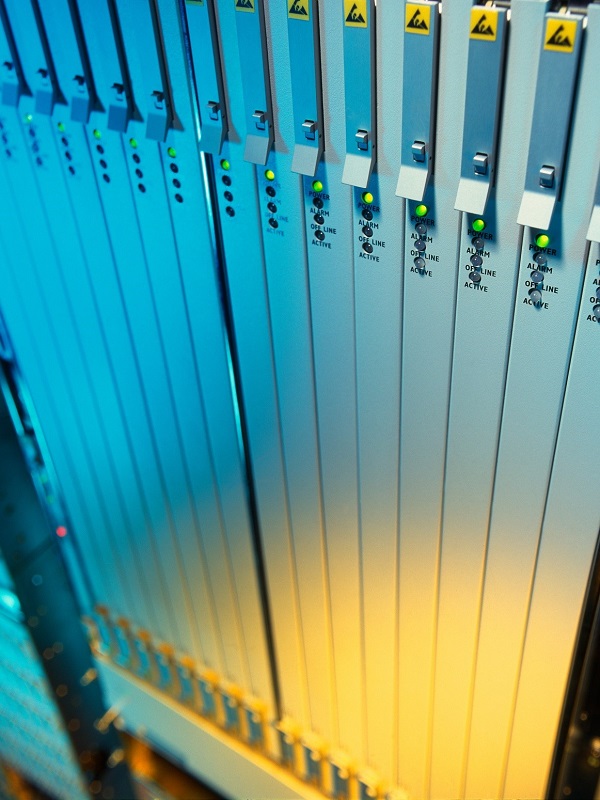
The era of the Internet-of-Things (IoT) lurks right around the corner, ready to enable a new generation of intelligent, or “smart,” Internet-connected technologies. In fact, studies suggest that by 2020 there will be a total of 26 billion IoT-connected objects in the form of industrial tools, home appliances, utilities, and even wearable electronics like fitness monitors and health trackers. The widely used hard disk drive (HDD) storage cannot manage and interpret data from this sheer volume of devices simultaneously sending information back and forth between data centers at the reoccurring intervals demanded by the IoT. A new form of storage architecture will be needed to meet business priorities of the IoT.
The process of retrieving information from the depths of a hosting server or cloud company (which stores data on HDD) is bottlenecked by the drive’s limited performance speed. The fastest HDDs can read and write at a rate of approximately 220 megabytes per second (MB/s), with access time of less than eight milliseconds -this is significantly worse than the slowest of their non-volatile memory counterparts. An HDD’s performance is comparable to driving home to pick up a credit card every time you wish to make a purchase from Amazon.com using your smartphone.
The In-Memory Computing (IMC) offered by non-volatile memory components is vastly superior, altogether eliminating reliance on the slothful moving parts of HDD. Flash memory storage is the fastest type of data storage, achieving read and write speeds greater than 550 MB/s with an access time of a fraction of a millisecond. The difference between a few milliseconds and a fraction of a millisecond is dramatically magnified when taking into consideration the millions of actions occurring within any given day.
IMC resolves several of the challenges associated with the Internet-of-Things. It not only permits the same robust storage of the current HDD format, but makes it possible to process the heaps of data generated by the IoT at the same speed that it’s produced, thereby enabling faster response times and near-instantaneous analytics. Case in point: a storage network based on non-volatile memory is almost 53 times faster than one based on disks.
Moreover, data centers based on yesterday’s general purpose processors are excessively power hungry, requiring expensive cooling systems and a large footprint to operate. As a result, the cost to power and cool data centers often dominates the operating cost. By contrast, flash memory-based set-ups are energy efficient, consuming less power, and require less air conditioning than HDD. IMC-based systems also have a greater computational density than HDD-based systems. It takes about four racks of disk storage to create a system capable of 1 million input/output operations per second, whereas a single shelf of flash-based memory is enough to match this performance.
The precedence of memory-based storage will only grow; Gartner, Inc., the information technology research company, has identified this conversion as one of the top ten strategic initiatives of the year for the second consecutive year. Meeting big data demands should be at the forefront of every design engineer with a stake in the IoT. Maxim Integrated’s DS1245 family of non-volatile SRAM will help design engineers prepare the next chapter in the information age. Visit Maxim Integrated to learn more about the various memory solutions available to future-proof your designs.
Advertisement
Learn more about Maxim Integrated





